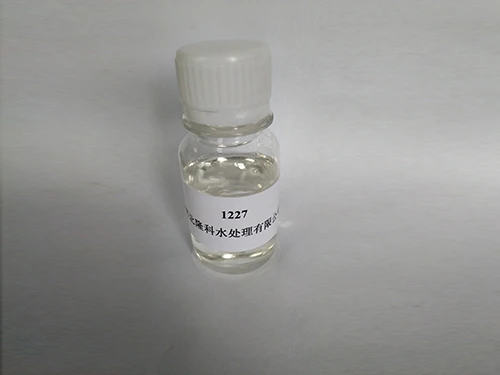anionic polyacrylamide
Understanding Anionic Polyacrylamide Applications and Benefits
Anionic polyacrylamide (APAM) is a synthetic polymer primarily used in various industrial applications due to its unique properties. Characterized by the presence of anionic groups, APAM has a negative charge, which allows it to interact with cationic substances and enhances its ability to form bonds with different materials. This article explores the composition, applications, and benefits of anionic polyacrylamide, shedding light on its significance in various sectors.
Composition and Structure
Anionic polyacrylamide is created through the polymerization of acrylamide monomers, where a percentage of the acrylamide is replaced with an anionic group, usually through the incorporation of acrylic acid or sodium acrylate. The resulting polymer is a linear chain made up of repeating acrylamide units and carries a negative charge along its backbone. This charge is essential for its ability to flocculate particles in suspension and for its effectiveness in a variety of applications.
Applications in Water Treatment
One of the most prominent uses of anionic polyacrylamide is in water treatment processes. APAM serves as a flocculant, helping to gather suspended particles, colloids, and impurities in water to form larger aggregates or flocs. This process makes it easier to separate these aggregates from water, thus improving water clarity and quality. APAM is widely employed in municipal wastewater treatment plants, industrial waste treatment, and drinking water purification processes, contributing significantly to environmental sustainability by aiding in the removal of harmful contaminants.
Role in Agriculture and Soil Management
In agriculture, anionic polyacrylamide is also used to improve soil structure and manage water retention. When applied to soil, APAM can create a hydrophilic layer, which enhances the soil's ability to retain moisture. This property is particularly beneficial in arid regions where water scarcity is a critical issue. Additionally, APAM reduces soil erosion by stabilizing the soil structure, thereby promoting healthier crop growth and improving agricultural productivity.
anionic polyacrylamide

Industrial Applications
Apart from water treatment and agriculture, anionic polyacrylamide has various industrial applications. It is used in the mining industry for mineral processing, where it helps in the flotation and separation of minerals from ore. In the oil and gas sector, APAM is utilized in enhanced oil recovery (EOR) processes, where it aids in the mobility of crude oil within reservoirs, making extraction more efficient.
Moreover, APAM is also employed in the paper and pulp industry, enhancing the retention of fibers and fillers in the paper-making process. By improving the drainage and formation of fiber networks, anionic polyacrylamide contributes to higher quality paper production while minimizing waste.
Environmental Benefits
The use of anionic polyacrylamide extends beyond its immediate applications. As a biodegradable substance, APAM poses less risk to the environment compared to other synthetic polymers. Its use in water treatment not only improves water quality but also reduces the need for chemical coagulants that can be harmful to aquatic life. By facilitating the removal of pollutants effectively, APAM plays a vital role in protecting ecosystems and promoting environmental health.
Conclusion
In summary, anionic polyacrylamide is a versatile polymer with significant applications across various sectors, including water treatment, agriculture, and industrial processes. Its unique properties, particularly its anionic charge, make it an efficient flocculant and soil conditioner, while also contributing to improved manufacturing processes. As industries strive for more environmentally friendly solutions, the role of anionic polyacrylamide is likely to become increasingly important. With its potential to enhance efficiency and sustainability, APAM stands out as a valuable material in addressing both industrial needs and environmental challenges.
-
LK-319 Special Scale And Corrosion Inhibitor For Steel Plants: Advanced Solutions for Industrial Water SystemsNewsAug.22,2025
-
Flocculant Water Treatment: Essential Chemical Solutions for Purification ProcessesNewsAug.22,2025
-
Isothiazolinones: Versatile Microbial Control Agents for Industrial and Consumer ApplicationsNewsAug.22,2025
-
Scale Inhibitor: Key Solutions for Water System Scale PreventionNewsAug.22,2025
-
Organophosphonates: Versatile Scale Inhibitors for Industrial Water SystemsNewsAug.22,2025
-
Scale and Corrosion Inhibitor: Essential Chemical Solutions for Water System MaintenanceNewsAug.22,2025





